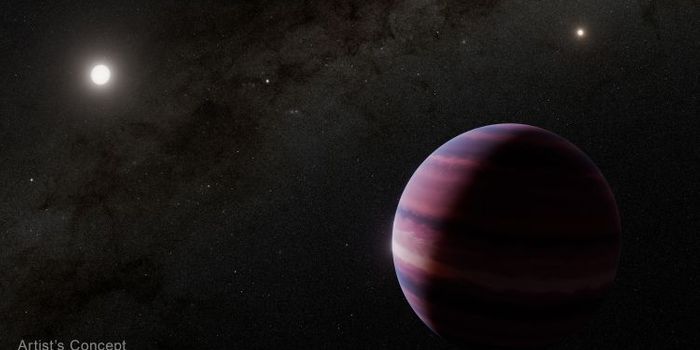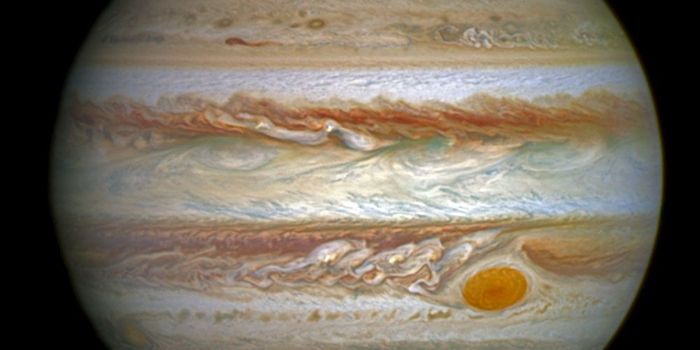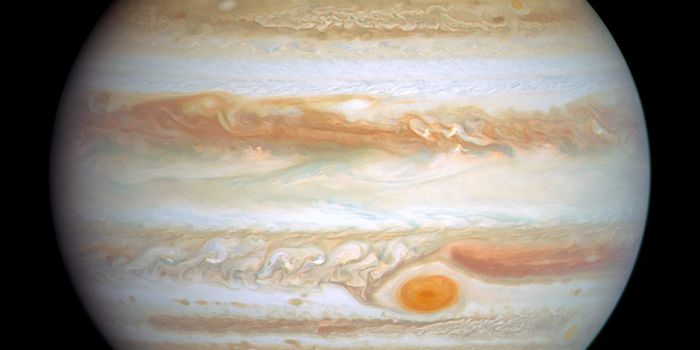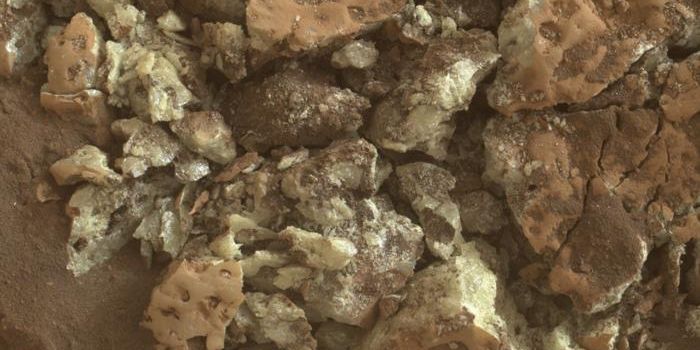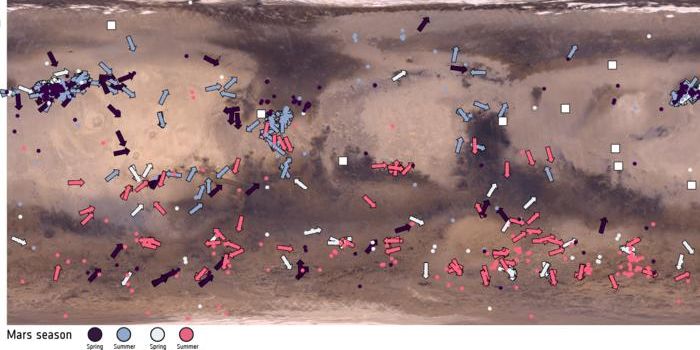Are Super-Earths the Right Places to Look for Aliens?
Astronomers are always looking for exoplanets that resemble Earth or sport Earth-like features. In some cases, exoplanets are much denser and larger than Earth, and planetary geologists refer to these as “super-Earths.”
Some scientists think that super-Earths might be ideal places to look for alien life. They’d have a lot more gravity, which means these exoplanets could hold on to more air molecules than our planet could. It would also mean the exoplanet might sport a flatter surface polka-dotted with islands surrounded by water, potentially rich in life-supporting nutrients.
But sporting all that extra gravity isn’t entirely advantageous, as it makes exploring these worlds much more challenging. Rockets would require significantly more fuel to leave a super-Earth’s atmosphere compared to what they’d need to leave Earth’s. That said, bringing explorers back to Earth (assuming we could ever get them there) would be a problem.
Despite all the challenges, astronomers continue to search for and study Earth-like exoplanets. Perhaps when the James Webb Space Telescope finally launches, we can achieve a clearer look at which exoplanets might be habitable.

